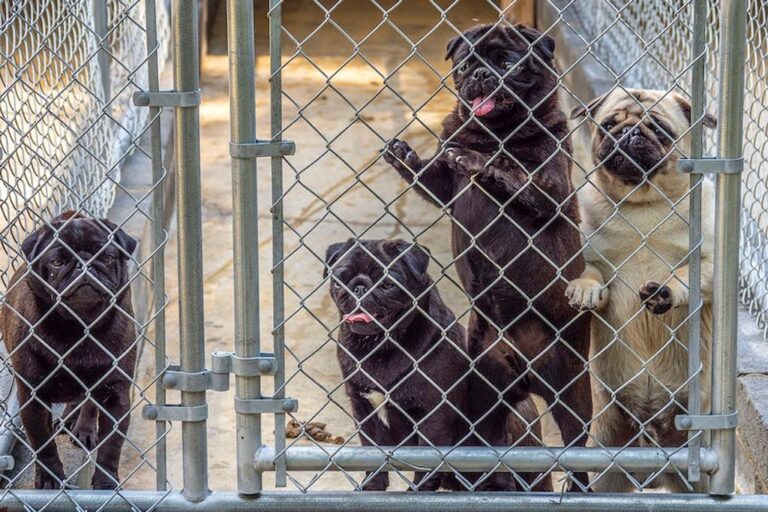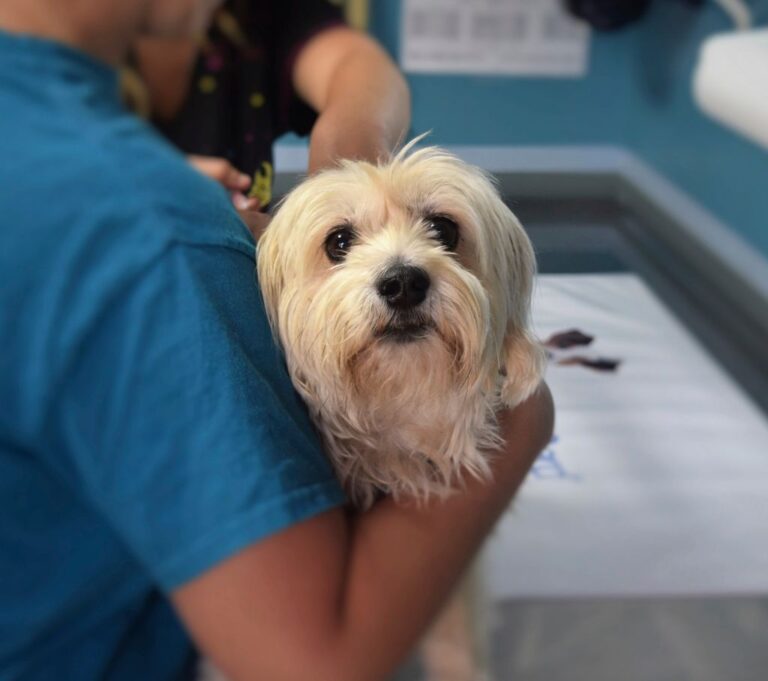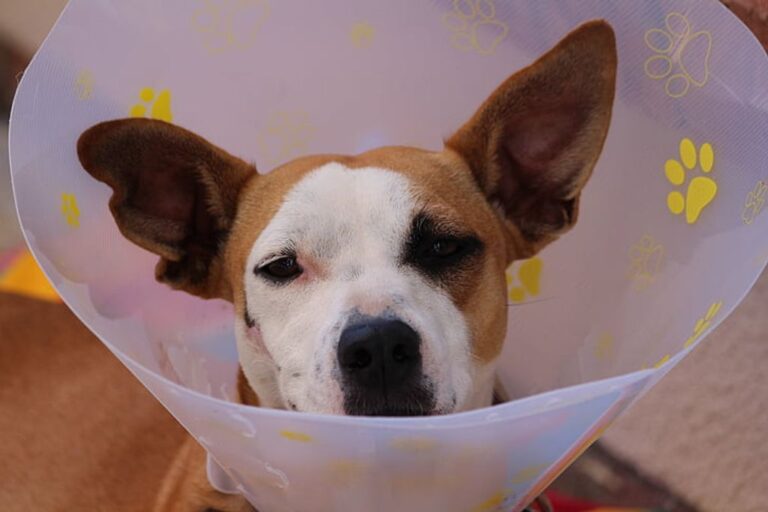How to introduce a new dog to my existing dog
Introducing a new dog to your existing dog can be an exciting but challenging process. It requires careful preparation, patience, and positive reinforcement to ensure a smooth transition and the development of a positive relationship between the dogs. In this article, we will discuss the steps you can take to introduce a new dog to your existing dog and address any challenges that may arise.
Key Takeaways
- Choose the right time and place for the introduction
- Gather the necessary supplies for a smooth transition
- Set up a safe space for the new dog
- Start with a neutral meeting and use positive reinforcement
- Monitor their interactions and provide individual attention
Preparing for the Introduction

Choosing the Right Time and Place
When introducing a new dog to our existing dog, it is crucial to choose the right time and place. This will help create a positive and comfortable environment for both dogs. We want to ensure that both dogs are relaxed and open to meeting each other. It is important to pick a location where both dogs can have enough space to move around and explore. This could be a neutral territory like a park or a spacious backyard. By selecting the right time and place, we can set the stage for a successful introduction.
Gathering the Necessary Supplies
Before introducing the dogs, it’s important to gather all the necessary supplies. We want to make sure we have everything we need to create a comfortable and safe environment for both dogs. This includes dog supplies such as food bowls, water bowls, leashes, collars, and toys. Having these items ready will help us manage the introduction process more smoothly.
Setting Up a Safe Space for the New Dog
After choosing the right time and place for the introduction, it’s important to set up a safe space for the new dog. This will provide them with a comfortable and secure area where they can retreat to if they feel overwhelmed. We want to create a neutral location that is free from any territorial associations. This can be a separate room or a designated area in your home. Make sure to remove any items that may cause tension or trigger territorial behavior, such as toys or food bowls. By creating a neutral space, both dogs can feel more at ease and focus on getting to know each other without any distractions.
Introducing the Dogs

Start with a Neutral Meeting
When it comes to introducing a new dog to our existing dog, we always start with a neutral meeting. This means finding a location that is unfamiliar to both dogs, like a park or a friend’s backyard. By choosing neutral ground, we can help reduce any territorial behavior and create a more relaxed environment for the introduction.
Use Positive Reinforcement
When introducing the dogs, we want to make sure it’s a positive experience for everyone involved. We can use positive reinforcement to encourage good behavior and create a welcoming environment. This means rewarding the dogs with treats, praise, and affection when they exhibit friendly and calm behavior towards each other. By doing this, we can help them associate the presence of the new dog with positive experiences and build a strong foundation for their relationship.
Monitor Their Interactions
Once the dogs have been introduced, it’s important to closely monitor their interactions. This allows us to ensure that both dogs are comfortable and safe in each other’s presence. We want to create a positive environment where they can get to know each other and build a strong bond. By allowing the dogs to interact and investigate each other, we can observe their body language and behavior to gauge their level of comfort. It’s normal for them to sniff and explore each other, but we should intervene if any signs of aggression or discomfort arise.
Building a Positive Relationship

Allowing Supervised Playtime
During supervised playtime, we can observe how the dogs interact with each other and ensure their safety. It’s important to create a positive and relaxed environment where the dogs can freely explore and engage in playful behaviors. We should closely monitor their body language and behavior to identify any signs of discomfort or tension. If any issues arise, we can intervene and redirect their attention to more appropriate activities. By allowing supervised playtime, we can help the dogs build trust and establish a bond.
Establishing a Routine
Once the new dog has settled into our home, we can start establishing a routine that works for both dogs. Consistency is key when it comes to creating a sense of stability and security. We should consider the individual needs and preferences of each dog, taking into account factors such as age, energy level, and health. It’s important to observe their behavior and adjust the routine accordingly. This will help them feel more comfortable and confident in their new environment.
Providing Individual Attention
When introducing a new dog to our existing dog, it’s important to remember to provide individual attention to each dog. This helps them feel secure and loved, and prevents any feelings of jealousy or neglect. We can designate specific areas for each dog, such as separate beds or crates, to give them their own space. This allows them to have a sense of ownership and helps prevent any potential conflicts. Additionally, we can create a schedule where we spend quality time with each dog separately, engaging in activities they enjoy. By giving them individual attention, we can strengthen the bond with each dog and ensure they feel valued and cherished.
Addressing Challenges

Dealing with Aggression
Dealing with aggression can be a challenging aspect of introducing new dogs. It’s important to approach this situation with caution and patience. One key strategy is to start the introduction on neutral ground. This means choosing a location that is unfamiliar to both dogs, such as a park or a friend’s backyard. By starting in a neutral environment, it reduces the chances of territorial behavior and allows the dogs to focus on getting to know each other.
Managing Resource Guarding
Resource guarding is a common behavior in dogs. It occurs when a dog becomes possessive over certain items, such as food, toys, or even their favorite spot on the couch. Managing resource guarding is important to ensure a harmonious relationship between your new dog and existing dog. It’s crucial to address this behavior early on to prevent any potential conflicts.
Handling Jealousy
When introducing a new dog to our existing dog, it’s important to address any feelings of jealousy that may arise. Jealousy can occur when our existing dog feels threatened or insecure about sharing our attention and resources with the new dog. To help manage jealousy, we can take several steps:
- Gradual Introductions: Start by allowing the dogs to sniff each other’s scent and gradually increase their interactions.
- Equal Attention: Ensure that both dogs receive equal amounts of attention, affection, and playtime.
- Separate Resources: Provide separate food bowls, toys, and sleeping areas to prevent resource guarding.
By implementing these strategies, we can help our dogs adjust to the new dynamic and minimize any potential jealousy.
Conclusion
Introducing a new dog to your existing furry friend can be an exciting and rewarding experience. By following the steps outlined in this article, you can ensure a smooth and successful introduction. Remember to choose the right time and place for the meeting, gather all the necessary supplies, and set up a safe space for the new dog. During the introduction, use positive reinforcement to create a positive association between the dogs and monitor their interactions closely. Building a positive relationship takes time, so allow for supervised playtime, establish a routine, and provide individual attention to both dogs. Addressing challenges such as aggression, resource guarding, and jealousy may arise, but with patience and proper management, these issues can be overcome. With dedication and love, your dogs can become the best of friends and enjoy a harmonious life together. Happy doggy introductions!
Frequently Asked Questions
How long does it take for dogs to get along?
The time it takes for dogs to get along can vary. It may take a few days to several weeks for dogs to become comfortable with each other.
What if my existing dog shows aggression towards the new dog?
If your existing dog shows aggression towards the new dog, it’s important to seek professional help from a dog trainer or behaviorist to address the issue.
Should I leave the dogs alone during the initial introduction?
It’s best to supervise the dogs during the initial introduction to ensure their safety and to intervene if any issues arise.
How can I prevent resource guarding between the dogs?
To prevent resource guarding, it’s important to provide separate feeding areas and individual toys and treats for each dog.
What if my existing dog becomes jealous of the new dog?
If your existing dog becomes jealous of the new dog, make sure to provide equal attention and affection to both dogs and address any signs of jealousy through positive reinforcement training.
Can I introduce the dogs on neutral territory?
Yes, introducing the dogs on neutral territory can help reduce territorial behavior and make the initial meeting more neutral and less stressful for both dogs.







One Comment